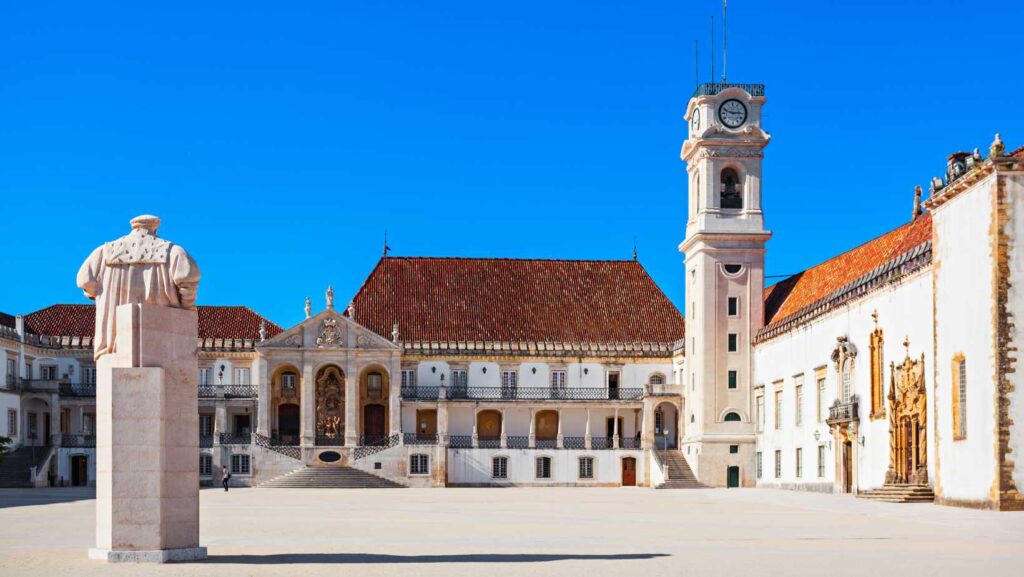

Coimbra, a city steeped in history and culture, houses one of the world's oldest universities in continuous operation. The Coimbra University History is not just about the chronicles of an educational institution, but it also represents a tapestry of Portugal's evolution through the centuries.

Established in 1290, Coimbra University initially operated in Lisbon before permanently moving to Coimbra in 1537. Its establishment served as a beacon of knowledge and has been instrumental in shaping the cultural and intellectual landscape of Portugal.
The University's transfer from Lisbon to Coimbra was heavily influenced by King João III. The monarch's vision was to create a center of learning away from the capital's political distractions. This decision saw the transformation of Coimbra's Royal Palace into the main University building, symbolizing the amalgamation of royal legacy with academic excellence.
As you traverse through the University's premises, the historical significance is evident in its architectural grandeur. The Joanina Library, with its stunning Baroque design, houses thousands of ancient manuscripts, becoming a testimony to the quest for knowledge throughout the centuries. The University's tower, a city landmark, offers panoramic views of Coimbra and stands as a symbol of the institution's towering presence in the academic world.
The rich Coimbra University History is also reflected in its student traditions. The black capes worn by students, the serenades, and the academic rites during the Queima das Fitas (Ribbon Burning Ceremony) are not just customs but represent a deep-rooted connection to the University's past.
Moreover, the city's essence is intricately linked to its student life. Coimbra's fado, a genre of music, is heavily influenced by student themes of longing, love, and nostalgia. For those looking to immerse themselves deeper into this cultural realm, visiting the must-see places in Coimbra provides an enriching experience.
While its history is foundational, Coimbra University's commitment to innovation has ensured its position in the global academic community. Over the years, it has expanded its curriculum, adopted modern teaching methods, and established collaborative projects worldwide.
For visitors and scholars keen on exploring Coimbra and delving into the University's history, the city offers a blend of the old and the new. From boutique stays, ideal for soaking in the city's aura, Coimbra's boutique hotels are perfect choices. And for ease of travel, consider opting for car hire services. With various budget-friendly options available, exploring the city becomes a convenient experience.

Coimbra University was founded in 1290, making it one of the world's oldest universities in continuous operation.
The University was relocated from Lisbon to Coimbra in 1537, under the influence of King João III, who envisioned creating a central hub of learning away from the capital's political distractions.
Coimbra University boasts architectural marvels like the Joanina Library, known for its stunning Baroque design, and the University's tower, which offers panoramic views of the city.
The University is known for its rich student traditions, including the wearing of black capes, serenades, and the academic rites observed during the Queima das Fitas (Ribbon Burning Ceremony).
Over the years, Coimbra University has expanded its curriculum, integrated modern teaching methodologies, and initiated collaborative projects on a global scale to maintain its reputation in the academic world.
In conclusion, the Coimbra University History isn't just about the bricks and mortar of its buildings or the chronicles of its past. It's about a legacy of knowledge, a beacon of learning, and its indelible mark on Portugal's cultural fabric. Whether you're an academic, a historian, or a traveler, Coimbra University and its history beckon with tales of knowledge, tradition, and evolution.